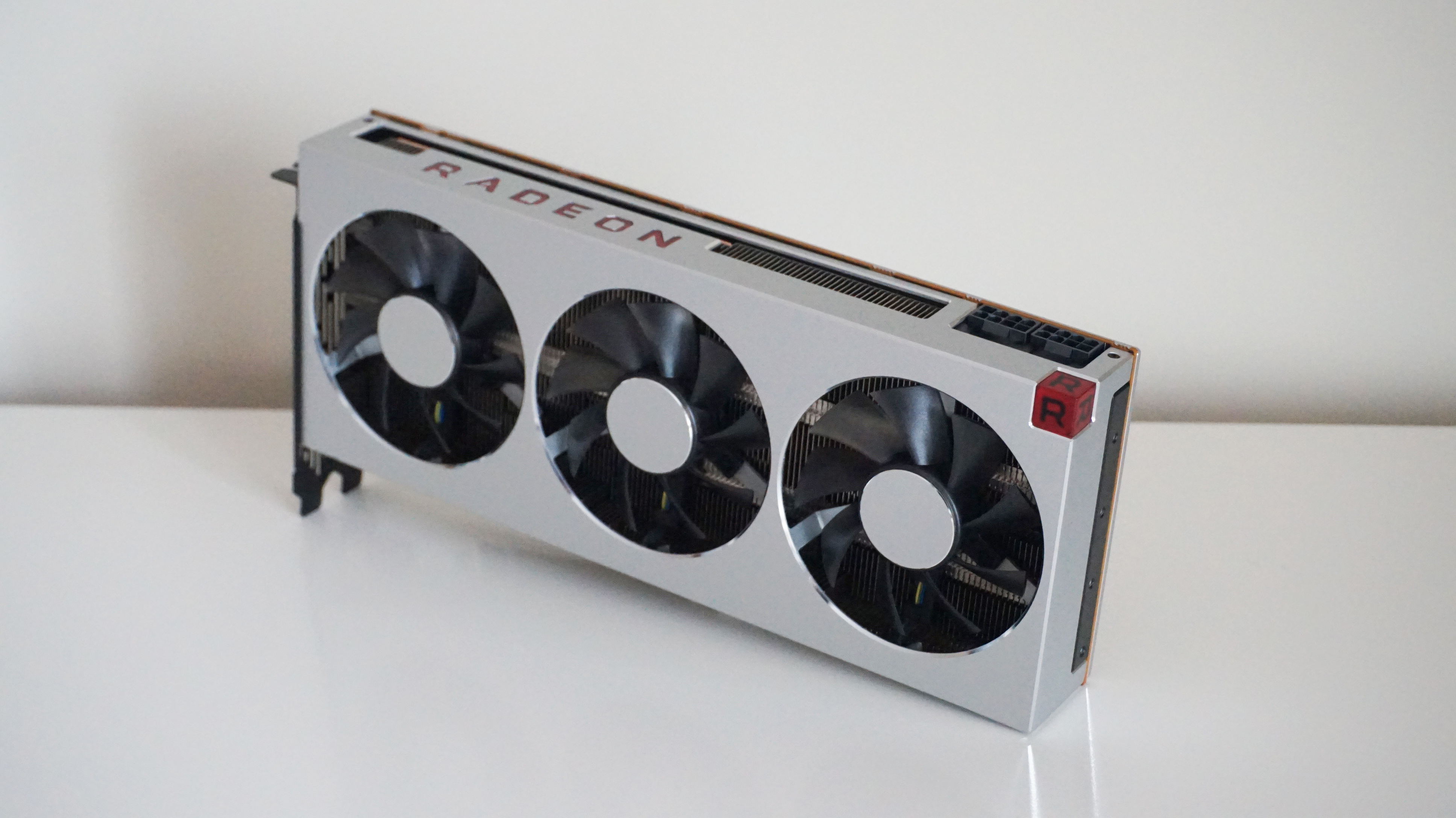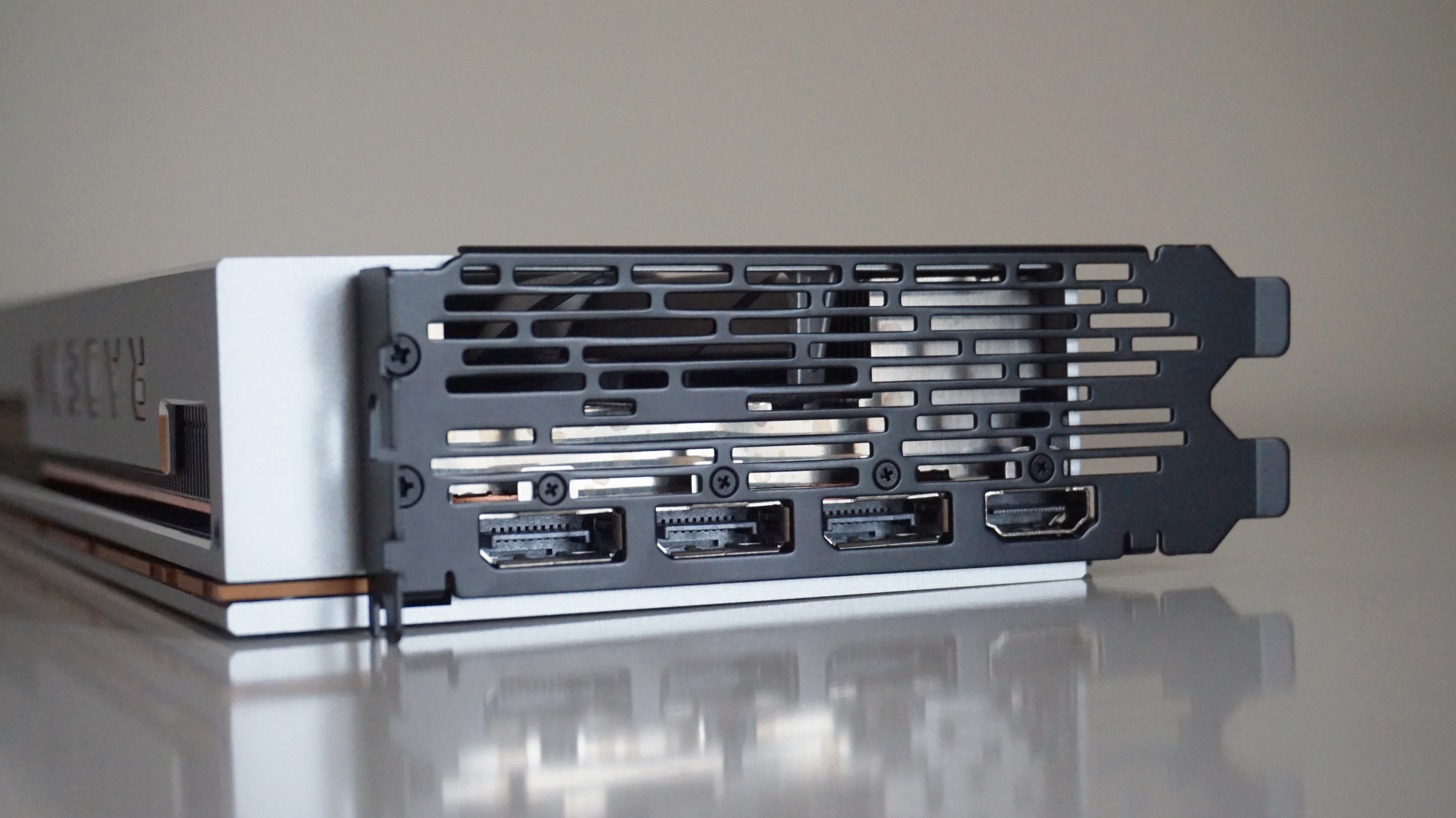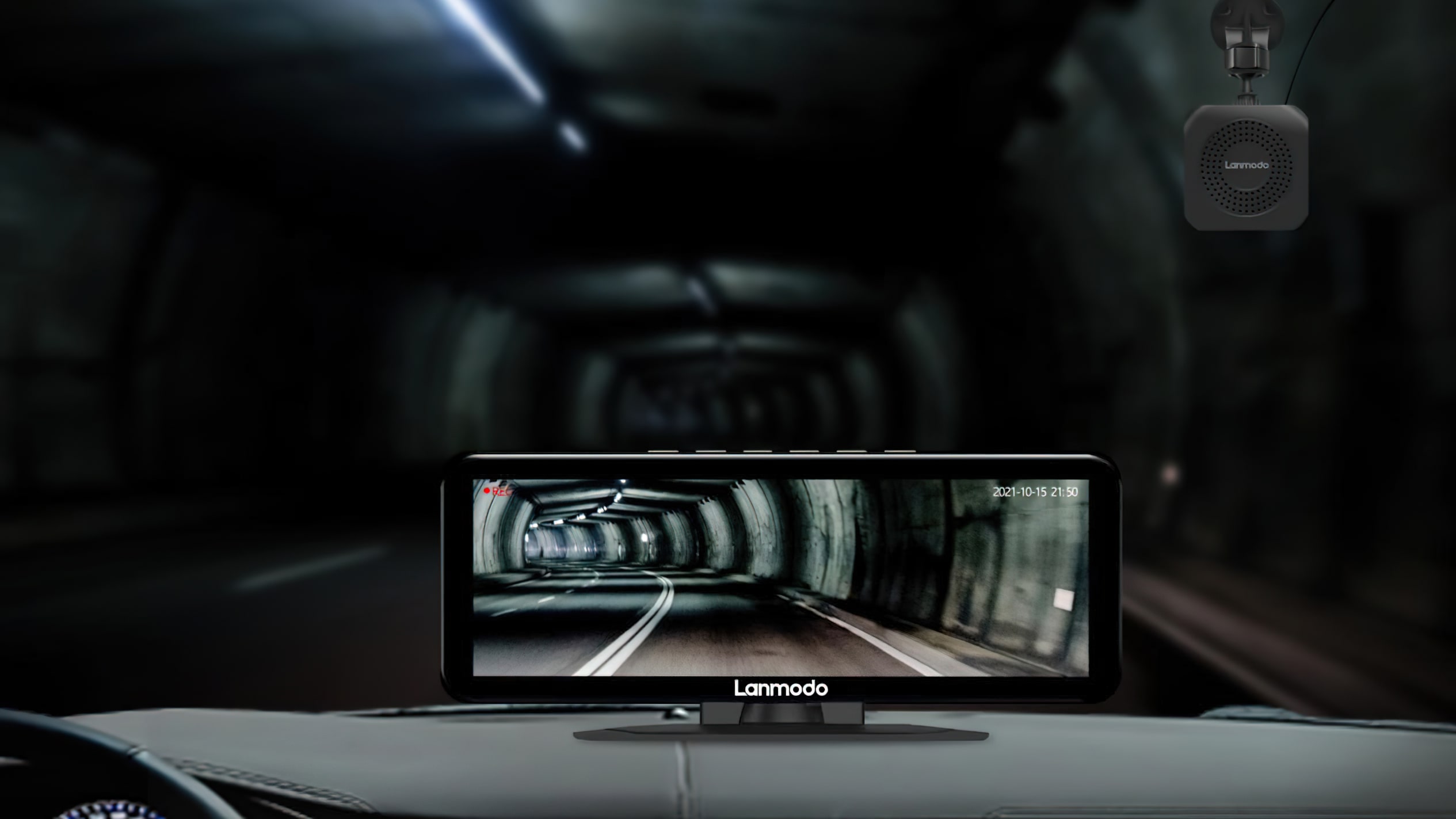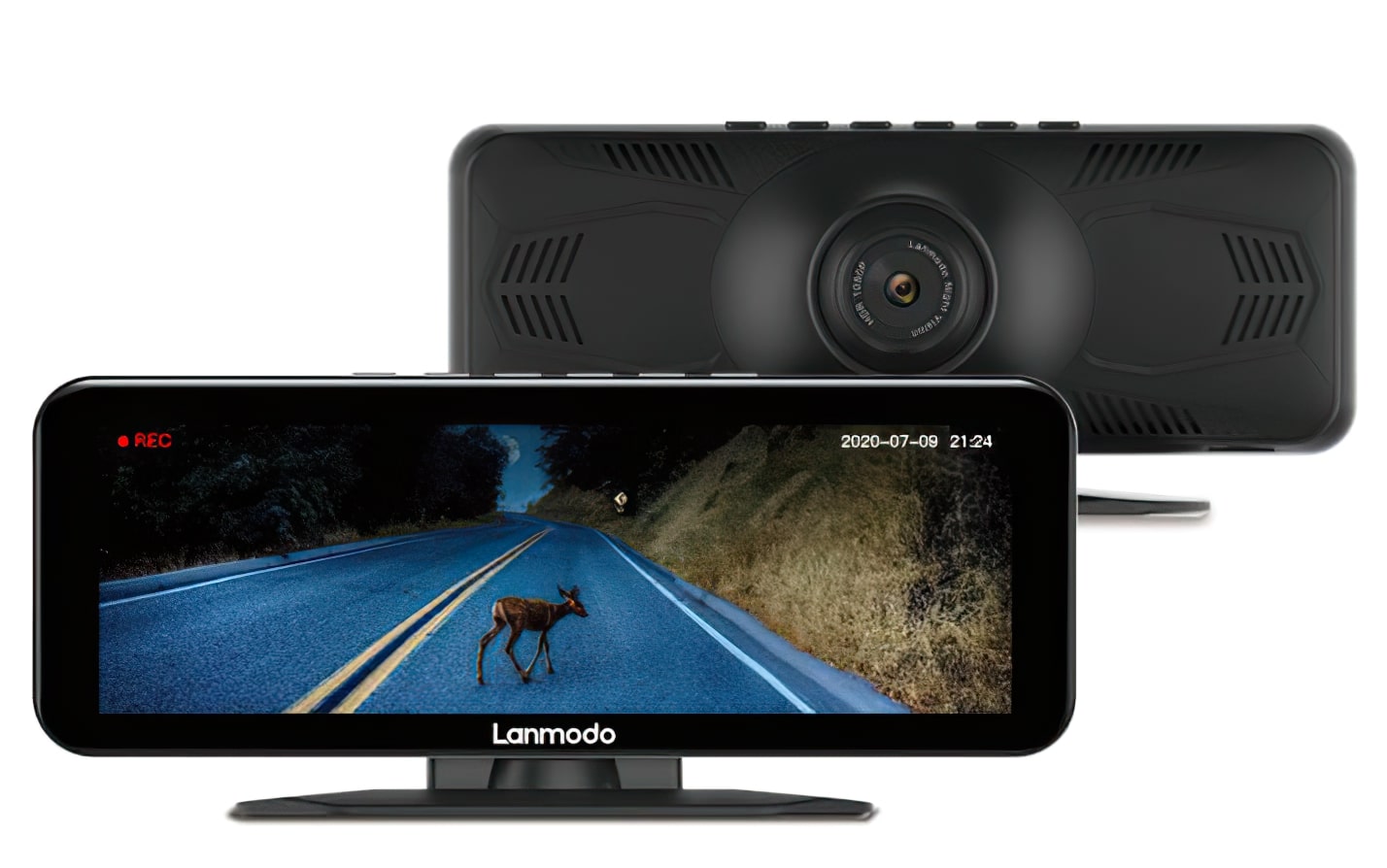
With the following era of Nvidia RTX playing cards nearly absolutely established, AMD’s Radeon 7 has rather a lot to show. It’s neither considered one of AMD’s personal next-gen Navi GPUs, nor does it have any particular reflection/efficiency boosting tech hidden away inside its second gen Vega structure. There are enhancements to be discovered over AMD’s present Vega 56 and Vega 64 playing cards, certain, however I believe you’ll in all probability agree {that a} discount in latency occasions and improved reminiscence bandwidth isn’t almost as attractive as ‘Hey, look at these crazy frame rate boosts’, or, ‘Hot damn, doesn’t this gentle look superb?’
It often is the world’s first client graphics card to make use of a 7nm (nanometer) manufacturing course of, however it’s, in nearly each sense, a really workmanlike graphics card. It’s bought buckets of energy at its disposal because of its ludicrous 16GB of HBM2 reminiscence (which is twice that of the Vega 64), 3840 stream processors and 1TB/s reminiscence bandwidth, however on the floor I’d argue there isn’t actually a big quantity to get enthusiastic about. Until, that’s, you realise you will get nearly RTX 2080 ranges of velocity for round £40-100 much less. Almost.
The Radeon 7 is, I ought to word, very a lot a graphics card aimed on the 4K finish of issues fairly than 1920×1080 or 2560×1440. You’ll haven’t any bother working any type of game at these decrease resolutions on most settings with this sort of card, however there are additionally loads of different GPUs on the market that can accomplish precisely the identical factor for a heck of rather a lot much less cash – simply take a peek at our best graphics card listing to see how a lot you may be saving.
Instead, it’s 4K efficiency I’m principally involved about right here, and particularly how the Radeon 7 matches as much as Nvidia’s RTX 2080. After all, that is the cardboard that AMD themselves have named because the Radeon 7’s foremost competitors, each of their Radeon 7 unveiling at CES again in January and in subsequent press briefings previous to the cardboard arriving for evaluation.
Admittedly, gaming solely appears to be half the story for the Radeon 7, as AMD have spent nearly as a lot time speaking about its content material creation chops in skilled rendering packages akin to DaVinci Resolve and Adobe Premiere as they’ve its precise trustworthy to goodness games potential. Indeed, with an enormous 16GB of reminiscence below its belt, the Radeon 7 is sort of definitely higher outfitted to cope with these sorts of packages than Nvidia’s 8GB RTX 2080, and even the 11GB RTX 2080 Ti.
But once more, it’s gaming I’m concerned about right here, not whether or not it’s higher in Blender or Luxmark or another skilled video modifying software program. There are different folks way more educated than I to let you know about that type of factor, so I’m going to be specializing in gaming and gaming alone on this evaluation – and what I’ve discovered is that the Radeon 7 isn’t a lot an RTX 2080 competitor, however a type of midway home between the RTX 2080 and the RTX 2070, which isn’t notably excellent news when the RTX 2070 could be had for £200 / $200 much less in the intervening time.
Or a minimum of it’s when it’s paired with my Intel Core i5-8600Ok CPU and 16GB of RAM, which as a few of you might recall, additionally appeared to trigger some bottle-necking issues in my RTX 2080 evaluation. It’s potential that an Intel Coffee Lake Core i7 (or certainly AMD Ryzen 7) CPU might nicely squeeze just a few extra frames out of it (which I’ll endeavour to seek out out as quickly as potential), however for the sake of retaining the whole lot truthful and sq. and consistent with my earlier set of outcomes for the RTX 2080, right here’s what I managed with my Core i5.
Indeed, for a second, the Radeon 7 regarded as if it had actually outdone the RTX 2080, providing nigh-on equivalent speeds in various my benchmark outcomes for (a minimum of within the UK) a sizably decrease chunk of change – £649 / $699 in comparison with £690-750 / $720-800 at time of writing.
In Assassin’s Creed Odyssey, for instance, the Radeon 7 and RTX 2080 have been completely neck-and-neck throughout each decision and graphics setting, the previous deciding on a really admirable common of 39fps at 4K on Ultra High high quality, whereas the RTX 2080 was only a single body behind on the identical settings. Both achieved an equivalent 53fps common on common High as nicely, whereas the RTX pulled simply a few frames forward with its common of 65fps on Medium at 4K in comparison with the Radeon 7’s 62fps common.
An identical factor occurred in Monster Hunter: World, too. While 4K Highest was out of attain for each graphics playing cards, 4K High noticed each hit peaks of 50fps and lows of round 45fps. The Radeon 7 did, I admit, briefly dip to an imperceptible 38fps when a number of the game’s bigger dinos have been tussling round onscreen, however shortly returned to its earlier vary of 45-50fps for the remainder of the battle. Again, the RTX 2080 had a slight edge after I dropped the settings all the way down to Mid at 4K, pushing nearer to 50-57fps out within the discipline over the Radeon 7’s vary of 42-54fps, however they’re such small variations that I’d be very a lot inclined to go along with the Radeon 7 right here and save myself a bit of money within the course of.
The identical could be stated of Shadow of the Tomb Raider as nicely. Here, the RTX 2080 had the benefit on almost each graphics setting going, however typically it was simply by two or three frames. On Highest at 4K, for instance, the RTX 2080 averaged 50fps with its SMAATx2 anti-aliasing enabled after I was strolling across the busy day of the useless celebrations in Cozumel’s city sq., whereas the Radeon 7 got here in with a median of 48fps. Again, the hole between them is so tiny that I’d be very happy to go to bat for the Radeon 7 on this case, particularly given its cheaper value.
However, these three games have been very a lot the exception to the rule while you take a look at all the opposite outcomes I bought from my benchmark information, which most of the time put the RTX 2080 a full graphics setting forward of the Radeon 7 when it got here to reaching an equal body charge, basically placing it in very a lot the identical ballpark because the £200 / $200 cheaper RTX 2070.
In Total War: Warhammer II, as an example, the RTX 2080 managed a median of 42fps within the game’s built-in battle benchmark on 4K Ultra settings, whereas the Radeon 7 may solely handle that on 4K High. The Witcher III painted an identical image. Whereas the RTX 2080 ranged between 50-60fps on 4K Ultra, the Radeon 7 veered between 43-51fps on the identical setting, and solely rose to 49-58fps after I kicked the standard all the way down to High.
The Radeon 7 had a horrible time with Final Fantasy XV as nicely. Admittedly, AMD’s Radeon RX 590 didn’t address it very nicely, both, after I examined it on the finish of final 12 months, so it might simply be that AMD’s playing cards merely aren’t very well-suited to Noctis’ anime boyband jaunt. But even with all the additional Nvidia results turned off (which floor the Radeon 7’s body charge all the way down to a 15fps slideshow when switched on, no matter decision, I would add), AMD’s effort may nonetheless solely handle between 42-47fps on 4K Average settings, which is sort of a full 10fps behind the RTX 2080’s vary of 50-53fps on the identical settings.
The RTX 2080 additionally pulled forward in Forza Horizon 4. While the Radeon 7’s common of 78fps on 4K Ultra settings is nothing to be sniffed at, the RTX 2080 nabbed the photograph end with its common of 82fps, sustaining a a lot tighter vary of 78-92fps within the game’s built-in benchmark race in comparison with the Radeon 7’s wider swerves between 67-89fps.
The hole solely bought bigger after I moved on to Doom, too. Of course, something above 60fps gained’t imply something in any respect except you’ve bought a excessive refresh charge 4K monitor at your disposal (of which there are treasured few round in the intervening time except you’ve bought a few spare grand to spend on one thing just like the 144Hz Nvidia G-Sync Ultimate-enabled Acer Predator X27 or Asus ROG Swift PG27UQ). But when the RTX 2080 can comfortably pump out 90-120fps on 4K Ultra settings in Doom whereas the Radeon 7’s caught at 70-95fps on the identical settings, it nonetheless places one other agency tick within the RTX column for when extra of these displays do begin coming by.
Perhaps it’s slightly unfair to speak about future-proofing on this sense when the Radeon 7’s 16GB of HBM2 reminiscence is arguably way more worthwhile on this respect, particularly in relation to the ever-increasing calls for of game texture packs and so forth. But except you play lots of modded games with balloon-sized extras to consider, most games solely are inclined to demand round 8GB of video reminiscence proper now, which for me fairly places the Radeon 7’s 16GB of reminiscence into very a lot the identical class as Nvidia’s ray tracing and DLSS options in the intervening time. That is, that hardly something can really use it correctly proper now, and it’ll in all probability be a very long time coming earlier than something can absolutely reap the benefits of it – by which level we’ll in all probability have even quicker graphics playing cards that far outstrip what’s potential on those you should purchase at the moment.
What’s extra, even when we did instantly get inundated with assist for all these confirmed DLSS games, then that may put the RTX 2080 in a good stronger place for taking part in games at 4K as a result of Radeon 7’s already weaker/equal speeds with out any of that stuff enabled.
I actually needed to love the Radeon 7, and I actually needed it to be a correct RTX 2080 rival. I imply, realistically, you’re in all probability taking part in most games on Medium to High settings with each playing cards anyway if you happen to’re after a easy 60fps at 4K, which for some could be sufficient to swing issues in favour of the Radeon 7 to allow them to save a bit of money. But when the most cost effective RTX 2080 is simply one other £40 / $40 on high of the Radeon 7 at time of writing, I’d personally be tempted to spend that little bit additional and get a typically higher gaming card within the course of.
This might nicely change as soon as we begin seeing third occasion Radeon 7s beginning to come by with probably larger clock speeds or superior cooling, as proper now it’s solely AMD’s model of the cardboard that’s really that can be purchased. But we additionally don’t understand how way more (or much less) these are going to value but, both, so we might find yourself in precisely the identical place even when they do find yourself providing barely higher efficiency.
As I discussed earlier, the Radeon 7’s bigger reminiscence banks will nearly definitely stand it in higher stead for anybody who does lots of 4K / 8K video modifying and is way more of a artistic sort than a gaming sort. But for these of you who simply need to know what the best graphics card is for 4K gaming proper now, then the RTX 2080 remains to be the cardboard to beat on this specific value vary.
Update: So it seems RTX 2080 costs have swung even decrease than the Radeon 7 at the moment, such because the MSI GeForce RTX 2080 Ventus for £640 and EVGA GeForce RTX 2080 XC for £650, which solely seals the deal for the RTX 2080 much more than earlier than.







